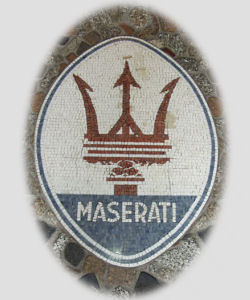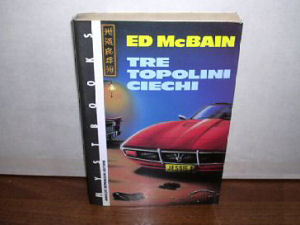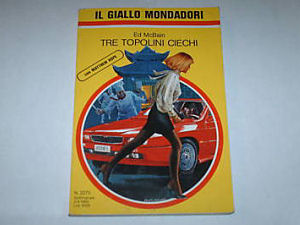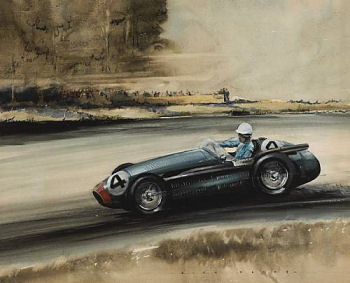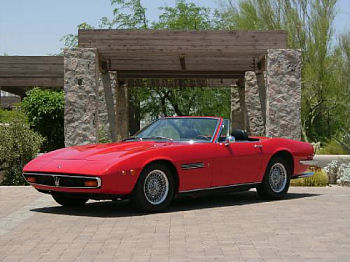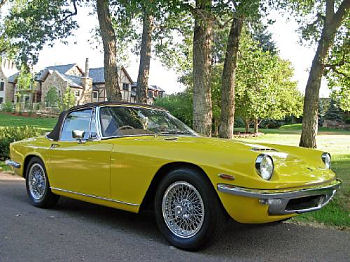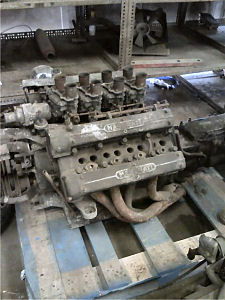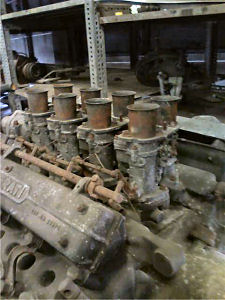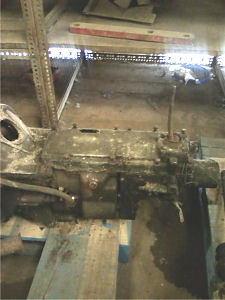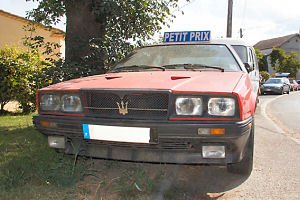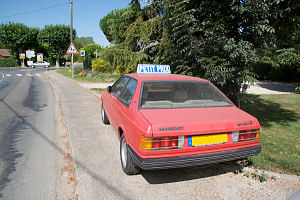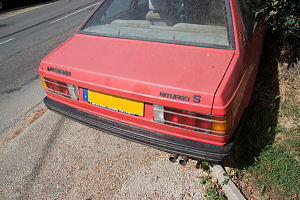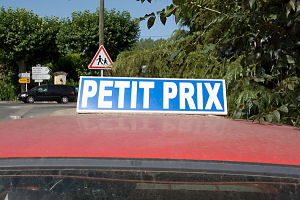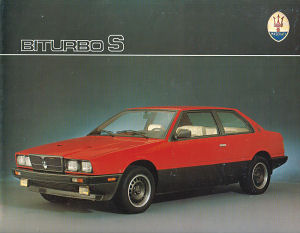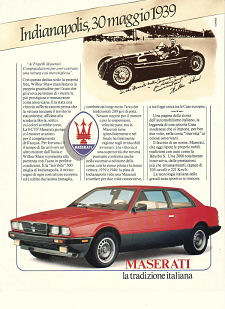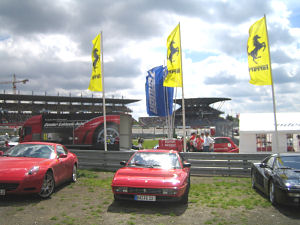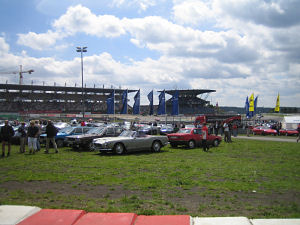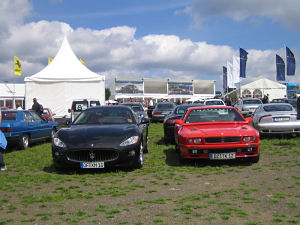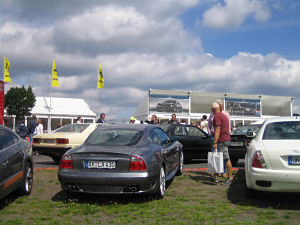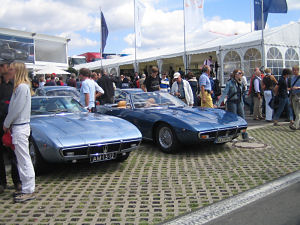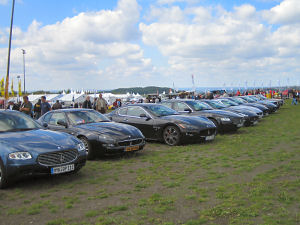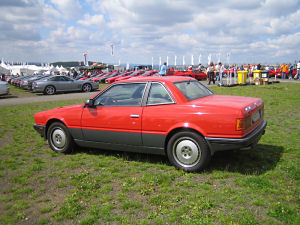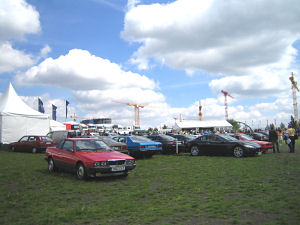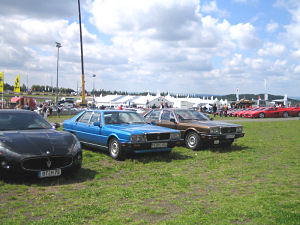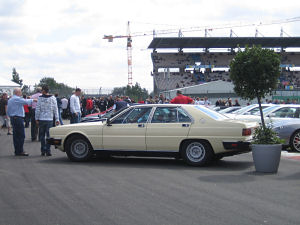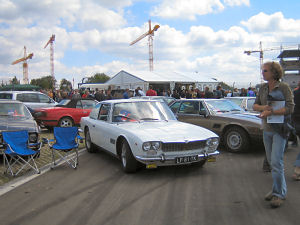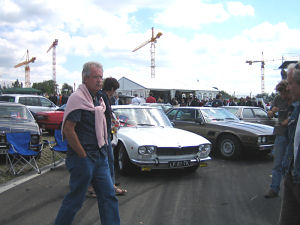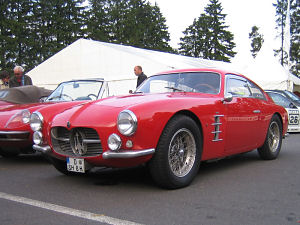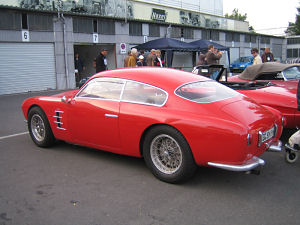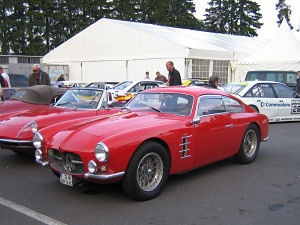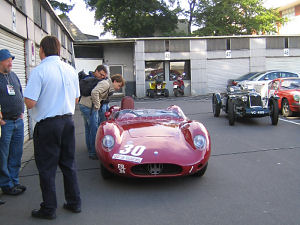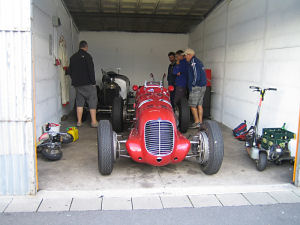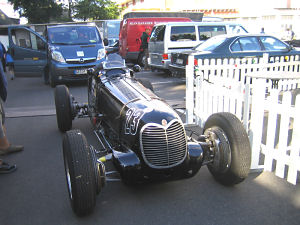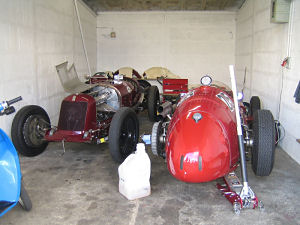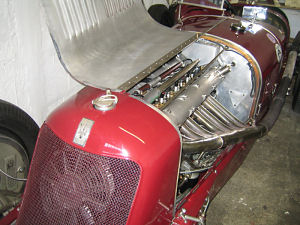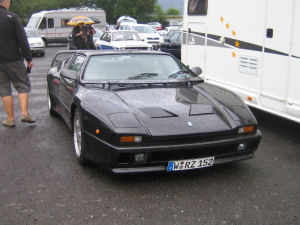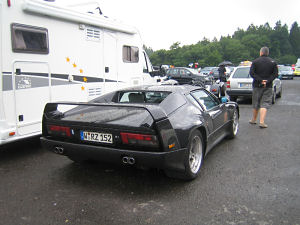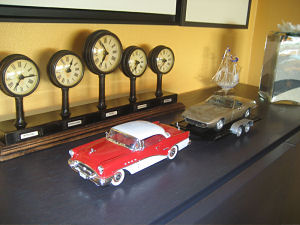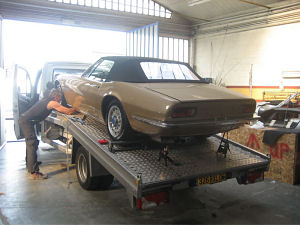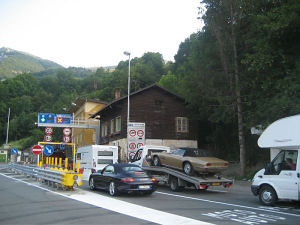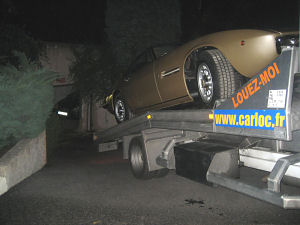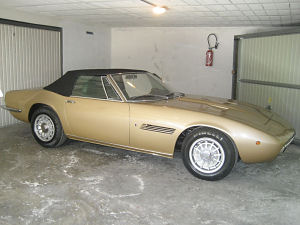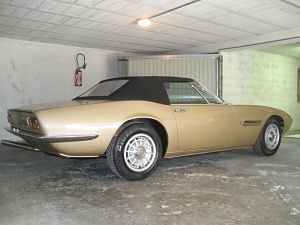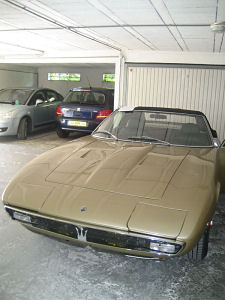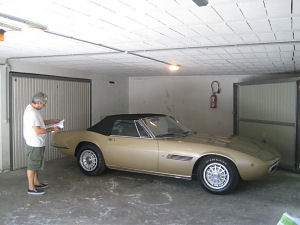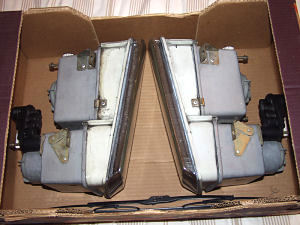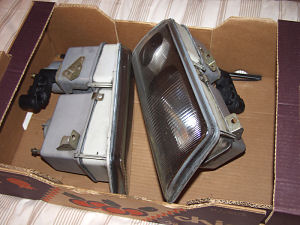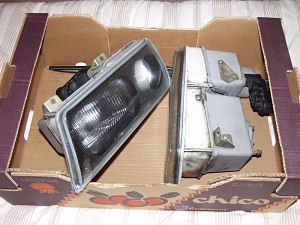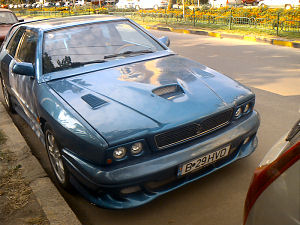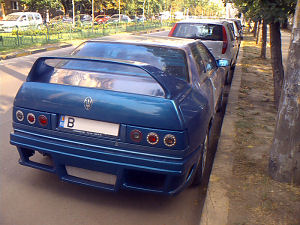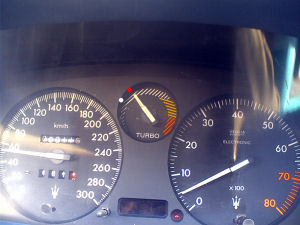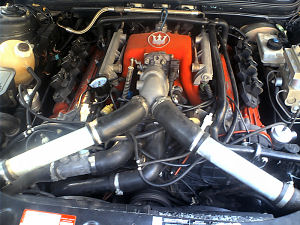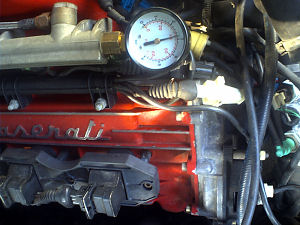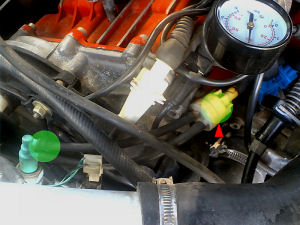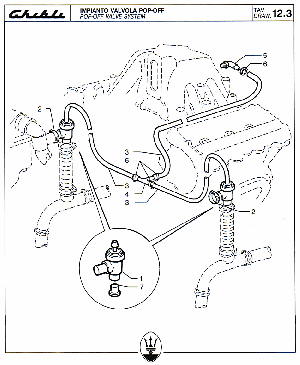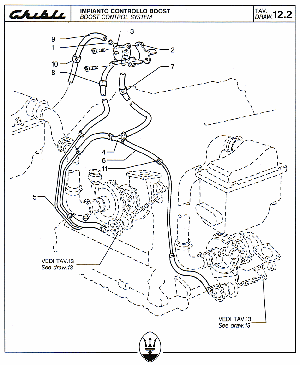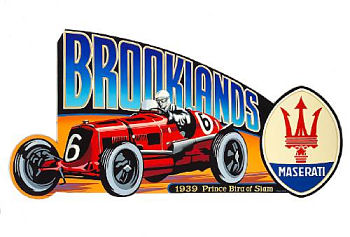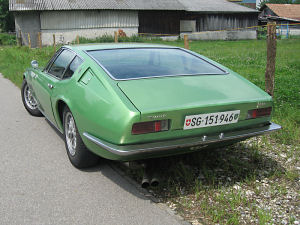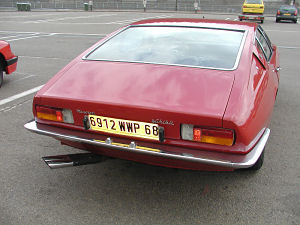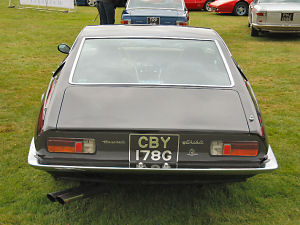As fleet as the wind: Automobile manufacturers adore similes and metaphors for the images they convey, so its logical that they’re attracted to names evoking powerful forces. In 1963, Officine Alfieri Maserati SpA, which had formerly designated its car models with numbers, introduced the Mistral, named for a northwesterly French Mediterranean wind.
The theme would stick, five other wind-inspired models were introduced between 1966 and 1989: Ghibli, Bora, Khamsin, Karif and Shamul, all of them named for hot Middle Eastern or eastern Mediterranean blasts. Mistral, the fresh, dry and often cold wind blowing south through the Rhone Valley is the exception, as its namesake is the exception to all the Maserati “wind cars” that followed.
The annals of automotive history are replete with pioneer brothers: the Dodge brothers, Stanley brothers, Rootes brothers, Duesenberg brothers, and occasionally fraternal trios like the Grahams and Whites. Among the few large automobile families were the Brothers Maserati, six in number: Carlo, Bindo, Alfiero, Ettore, Mario an Ernesto. Mario became an artist, but the others devoted their lives to automobiles and motor racing.
Alfieri took over the struggling Grand Prix efforts of Diatto, the upscale Turinese automaker. In 1926, he formed Officine Alfieri Maserati SpA Bolgna, and renamed the Diatto racer “Maserati 26,” winning its class in the Targa Florio. Success was gradual, both Alfieri and Ernesto driving, but Alfieri died in 1932, a consequence of surgery for earlier racing inures. Ernesto succeeded him as chief designer. Ettore had joined the family firm as business manager in 1930, and Bindo became sales manager two years later. Carlo, who had worked for Fiat and Bianchi, died in 1910. Maseratis soon became the car of choice for privateer competitors.
In 1938, the brothers sold the company to Adolfo Orsi. They were retained on a ten-year contract, though the firm was now run by Orsi’s son Omer. After World War II, Ernesto designed a road-going sports car, the Tipo A6, unveiled at the 1947 Salon Internationale de l’Auto at Geneva. Their contract fulfilled, the Maserati brothers departed at the end of the year to found OSCA, while Omer Orsi concentrated on Maserati road cars. By 1957, however, cars were the minor part of the automotive enterprise, which also included spark plugs, batteries, automobile horns and machine tools.
From 1952 through 1957, however, Maserati cleaned up on the race track, winning seven World Championships and dominating Formula One, in large part due to lead driver Juan-Manuel Fangio. Emphasis changed to road cars of the Gran Turismo class as the 3500GT was introduced at the 1957 Geneva show. Powered by a 220bhp, hemi-head 3,485cc inline dohc six, it was available as either a 2+2 coupe or convertible. The coupe body was an aluminum superleggera design by Touring of Milan, the convertible by Allemano of Turin. Disc brakes were added in subsequent years, and a Spyder by Vignale debuted in 1960 on a shorter chassis. Lucas fuel injection was added in 1961, by which time a ZF five-speed transmission was standard.
In 1959, a 4,938cc V8 derived from the 405S competition car was put into the 3500GT chassis, creating the 5000GT, but only 34 were built in six years, selling for twice the price of the 3500GT. Bodied by Touring, Ghia, Frua, Michelotti and Bertone, they were snapped up by personalities like Aga Khan, Gianni Agnelli and Briggs Cunningham.
For a successor to the 3500GT, Maserati commissioned Pietro Frua to design a sleek two-seat hatchback coupe. The first of the “wind Maseratis” and last of the straight sixes, the Mistral was first seen at Salone dell'automobile di Torino in November 1963. The engine was the 3,485cc unit from the 3500GT, with the Lucas fuel injection and ZF five-speed. Suspension was similar to that of the 3500GT, on an eight inch shorter wheelbase. A two-seat spyder was introduced some months later, and the engine was enlarged to 3,694 and finally 4,014cc. Total production through 1970 comprised 830 coupes and 120 spyders.
Delivered new in the United Kingdom by Maserati Concession, the London dealership, this right-hand drive 3.5 liter Mistral came to the United States around 1980. In a Missouri collection until 2007, it was restored during the period 1986-90, at which time the entire body and chassis were stripped and refinished. All mechanical elements, engine, transmission and suspension, were rebuilt with Maserati parts. The interior and dashboard were also disassembled and restored, and Wilton wool carpets installed. The original Borrani wire wheels were restored by the manufacturer and new tires were fitted.
It has recently returned from a major service and detailing by a Maserati-Ferrari specialist shop, including a complete new braking system. Receipts are available for all this work, as well as the 1986-90 restoration. Photographs of the restoration are also available. The car presently shows but 34,134 miles, with most mechanical systems rebuilt much more recently than that. It runs and drives perfectly. Painted in brilliant yellow with tan leather interior, this 1965 Mistral catches the eye and steals the heart. |


